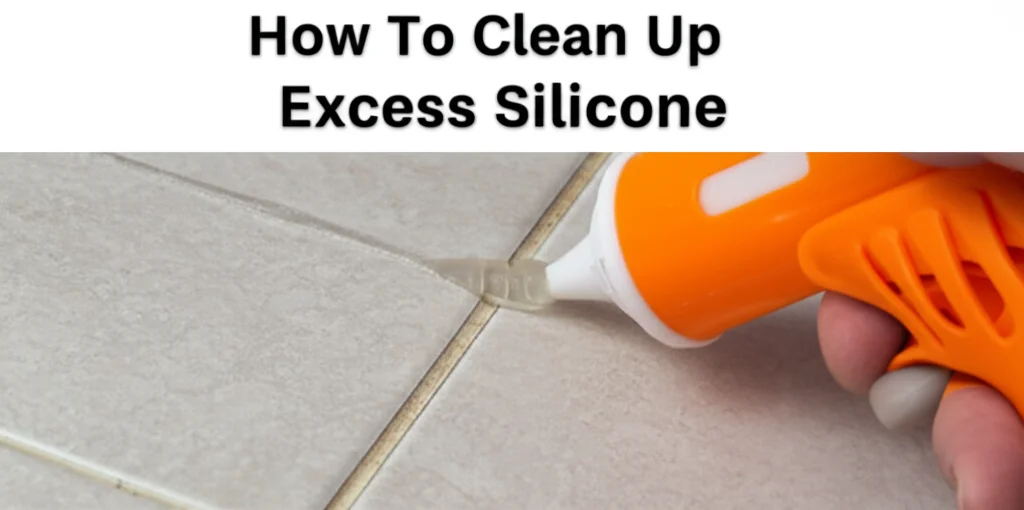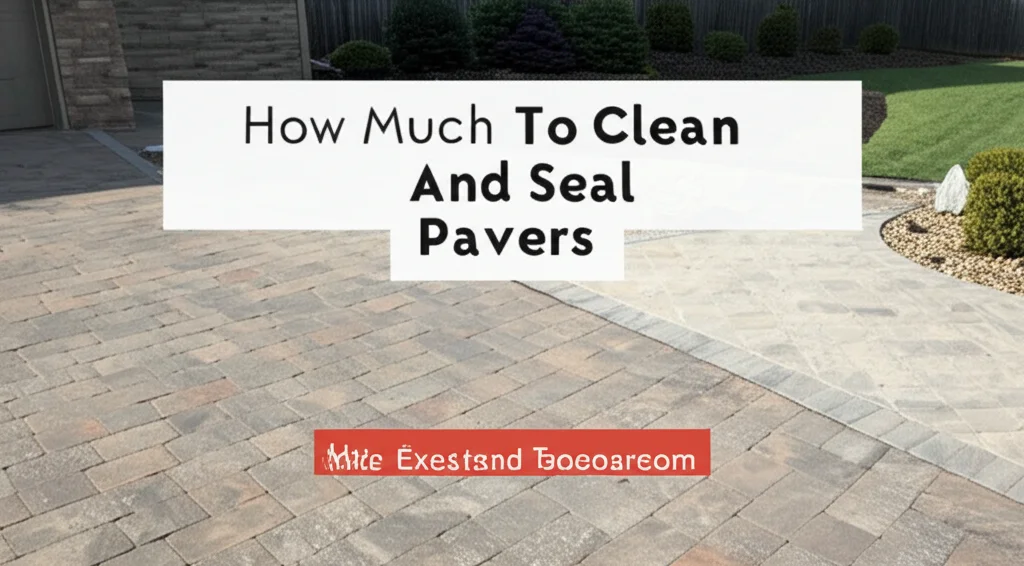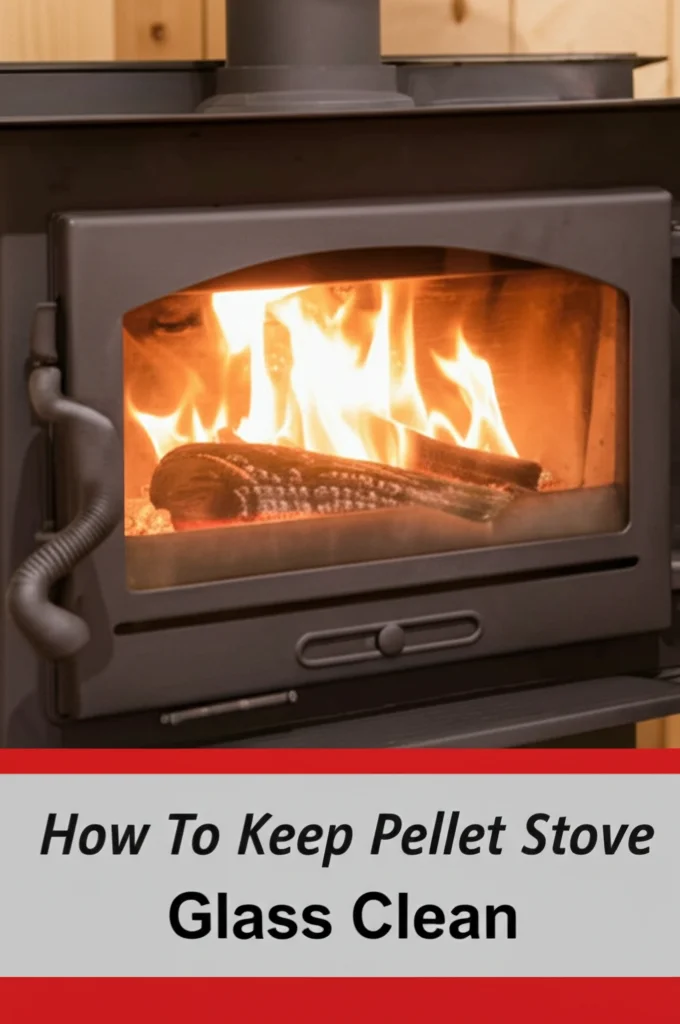· Home Improvement · 7 min read
How To Clean Up Excess Silicone

Tackling the Sticky Situation: How To Clean Up Excess Silicone
Ever applied silicone sealant and ended up with more mess than you bargained for? You’re not alone! Silicone is fantastic for sealing gaps and creating waterproof barriers, but cleaning up excess silicone can feel like a real headache. This guide will walk you through everything you need to know about how to clean up excess silicone, whether it’s still wet or has already dried. We’ll cover techniques for various surfaces and provide helpful tips to make the process as smooth as possible. Knowing how to properly remove unwanted silicone saves time, prevents damage, and ensures a professional finish to your DIY projects.
Quick Answer: To clean up wet silicone, use a damp cloth or paper towel and isopropyl alcohol. For dried silicone, carefully scrape it away with a razor blade or utility knife, followed by a solvent like Goo Gone or mineral spirits.
Key Takeaways:
- Act Fast: Wet silicone is much easier to remove than dried silicone.
- Gentle Approach: Start with the least abrasive method to avoid damaging surfaces.
- Solvent Power: For stubborn residue, solvents are your friend, but always test in an inconspicuous area first.
- Safety First: Wear gloves and eye protection when working with solvents.
Understanding Silicone and Why Cleanup Matters
Silicone sealant is a versatile material used in bathrooms, kitchens, and various home repair projects. It’s known for its flexibility, water resistance, and ability to withstand temperature changes. However, its adhesive nature means that excess silicone can be tricky to remove. Leaving excess silicone can look messy and unprofessional. It can also interfere with the proper sealing of the area, potentially leading to leaks or other issues down the line. Therefore, learning effective cleanup methods is crucial for a successful project.
Cleaning Wet Silicone: Immediate Action is Key
When you’ve just finished applying silicone and notice excess, you’re in luck! Wet silicone is significantly easier to clean up. The key is to act quickly before it begins to cure. Here’s how to tackle it:
- Damp Cloth or Paper Towel: Immediately wipe away excess silicone with a damp cloth or paper towel. The water helps prevent the silicone from sticking to the cloth.
- Isopropyl Alcohol: For a more effective clean, dampen your cloth or paper towel with isopropyl alcohol (rubbing alcohol). This solvent breaks down the silicone, making it easier to remove.
- Silicone Removal Tools: There are specialized silicone removal tools available, often featuring a curved edge, designed to scoop up wet silicone cleanly.
- Avoid Abrasive Cleaners: Don’t use abrasive cleaners or scrub brushes, as these can scratch surfaces.
- Repeat as Needed: Continue wiping until all excess silicone is removed.
Removing Dried Silicone: A More Challenging Task
Dried silicone requires a bit more effort. It’s hardened and bonded to the surface, making it less forgiving. But don’t worry, it’s still manageable with the right tools and techniques.
Scraping Away the Excess
- Razor Blade or Utility Knife: Carefully use a razor blade or utility knife to scrape away the dried silicone. Hold the blade at a low angle to avoid scratching the surface. This is best for flat, hard surfaces like glass or tile.
- Plastic Scraper: For more delicate surfaces, a plastic scraper is a safer option. It won’t scratch as easily as a metal blade.
- Gentle Pressure: Apply gentle, consistent pressure while scraping. Avoid forcing the blade, as this can damage the surface.
- Small Sections: Work in small sections to maintain control and prevent accidental scratches.
Using Solvents to Dissolve Silicone
After scraping, there’s often a stubborn residue remaining. Solvents can help dissolve this residue.
- Mineral Spirits: Mineral spirits are a common solvent for removing silicone residue. Apply it to a cloth and gently rub the affected area.
- Goo Gone: Goo Gone is another effective option, especially for smaller areas. It’s designed to dissolve adhesives and sticky residues. You can find it at most hardware stores.
- WD-40: Surprisingly, WD-40 can also help loosen dried silicone. Spray it onto the residue, let it sit for a few minutes, and then wipe it away.
- Test First: Always test any solvent in an inconspicuous area before applying it to the entire surface to ensure it doesn’t cause discoloration or damage.
- Ventilation: Work in a well-ventilated area when using solvents.
Cleaning Silicone Off Different Surfaces
The best approach to cleaning silicone depends on the surface it’s stuck to. Here’s a breakdown for common materials:
- Glass: A razor blade is generally safe for glass, but use caution and hold it at a low angle. Follow up with glass cleaner. If you’re looking for ways to keep your glass sparkling, check out https://www.beacleaner.com/how-to-clean-outside-windows-upstairs/.
- Tile: A plastic scraper or razor blade can be used on tile, but test in an inconspicuous area first. Follow up with tile cleaner.
- Wood: Avoid using razor blades on wood, as they can easily scratch the surface. Use a plastic scraper and a solvent like mineral spirits, testing first.
- Metal: A razor blade can be used carefully on metal, but be mindful of potential scratches. Solvents are also effective.
- Plastic: A plastic scraper is the safest option for plastic surfaces. Avoid harsh solvents that could melt or damage the plastic.
- Fabric/Carpet: Removing silicone from fabric or carpet is particularly challenging. Try using ice to harden the silicone, then carefully pick it off. A solvent like Goo Gone may work, but test it in an inconspicuous area first. If you’re dealing with carpet stains, you might find this article helpful: https://www.beacleaner.com/how-to-get-gravy-stains-from-carpet/.
Preventing Silicone Messes in the First Place
Prevention is always better than cure! Here are some tips to minimize silicone messes:
- Masking Tape: Apply masking tape along the edges of the area you’re sealing. This creates a clean line and prevents silicone from spreading onto unwanted surfaces.
- Controlled Application: Apply silicone slowly and deliberately, using a steady hand.
- Proper Nozzle Size: Use a nozzle size appropriate for the gap you’re sealing. A smaller nozzle provides more control.
- Wet Finger: Dip your finger in soapy water and smooth the silicone bead immediately after application. This creates a neat, professional finish and removes excess.
- Clean Tools: Keep your caulking gun and nozzle clean to prevent clogs and ensure smooth application.
Frequently Asked Questions (FAQs)
Q: Can I use bleach to clean up silicone?
A: No, bleach is not recommended for cleaning up silicone. It can react with the silicone and potentially damage the surface. It’s also a harsh chemical and can be dangerous to use.
Q: What’s the best way to remove silicone from clothing?
A: Removing silicone from clothing is difficult. Try scraping off as much as possible, then pretreating with a stain remover designed for adhesives. Wash the garment as usual, but avoid heat drying until the stain is completely gone.
Q: Is there a specific cleaner designed for silicone removal?
A: Yes, there are specialized silicone removers available at hardware stores. These are formulated to break down silicone quickly and effectively.
Q: Can I reuse silicone after removing it?
A: Generally, no. Once silicone has been removed from a surface, it’s best to discard it. It may have lost its adhesive properties and could be contaminated.
Q: How do I clean silicone out of a caulking gun?
A: Most caulking guns can be cleaned with a putty knife and a solvent like mineral spirits. Follow the manufacturer’s instructions for your specific gun.
Conclusion: Mastering Silicone Cleanup
Cleaning up excess silicone doesn’t have to be a daunting task. By acting quickly when the silicone is wet, using the right tools for dried silicone, and understanding the specific needs of different surfaces, you can achieve a clean, professional finish. Remember to prioritize safety by wearing gloves and eye protection, and always test solvents in an inconspicuous area first. With a little patience and the right techniques, you’ll be a silicone cleanup pro in no time! Don’t let a little mess deter you from tackling your next home improvement project. For more cleaning tips and tricks, explore our other articles, like this one on https://www.beacleaner.com/how-to-clean-bathroom-floor-without-mop/ for a spotless bathroom floor.




